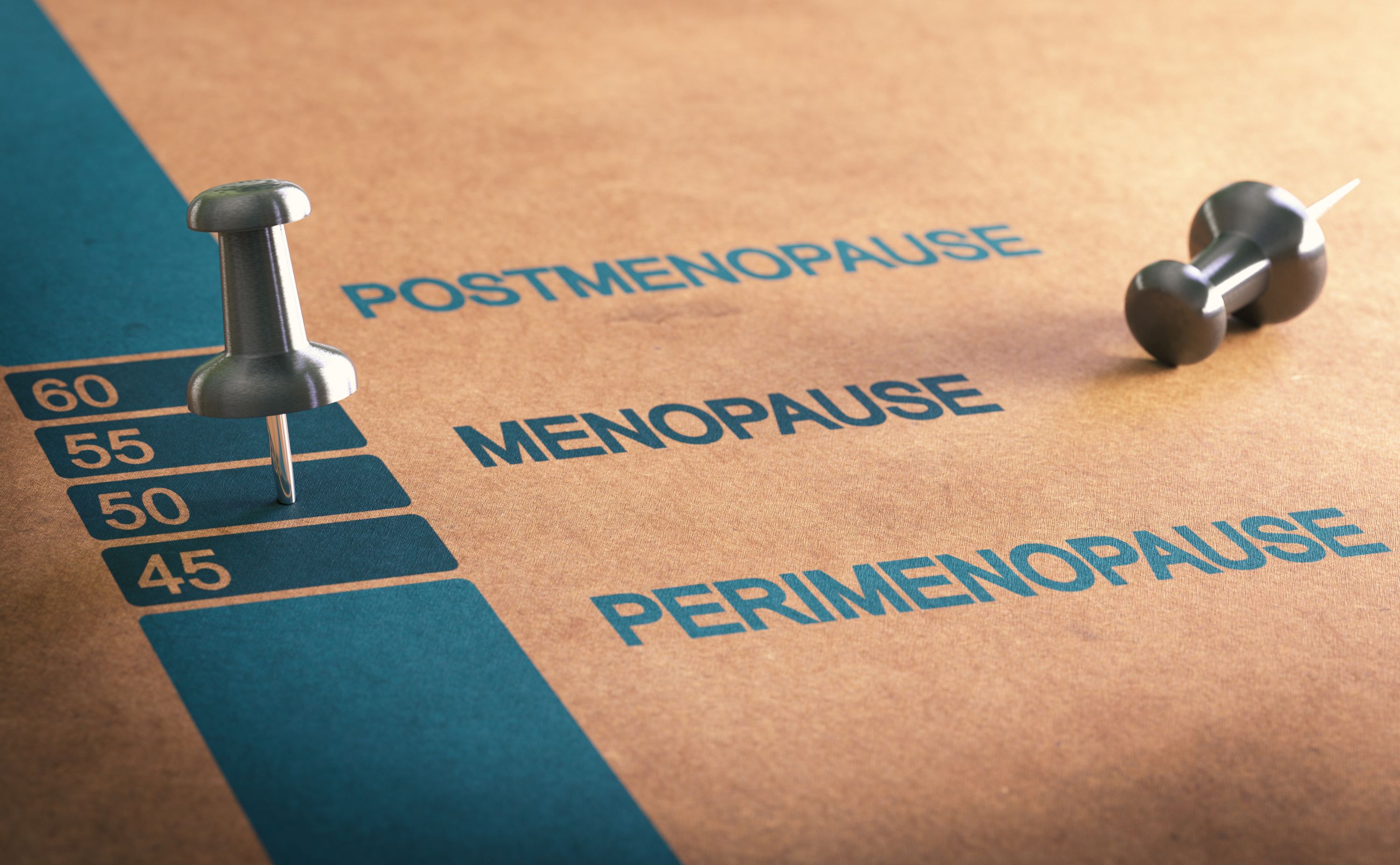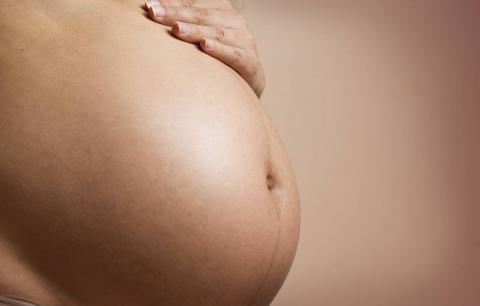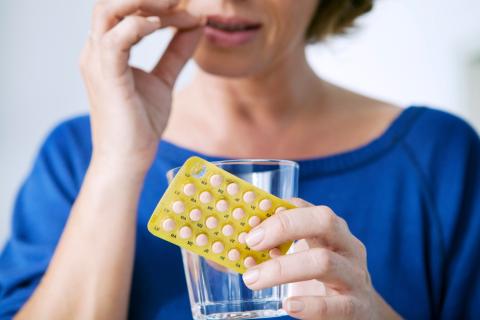Reactions: study links heavy metals to ovarian ageing
Heavy metals - including arsenic, cadmium and mercury - may adversely affect the ovaries of women approaching menopause, a study claims. Those with high levels of metals in their urine had lower levels of anti-Müllerian hormone, indicating diminished ovarian reserve - fewer oocytes in the ovaries compared to other women of that age. The authors, whose study is published in The Journal of Clinical Endocrinology & Metabolism, used urine data from more than 500 women in the US up to 10 years before their last menstrual period.

Miguel Motas - metales pesados EN
Miguel Motas
Professor of Toxicology in the Department of Social and Health Sciences at the University of Murcia
The study has a large sample size and the analytical technique is correct. The methods are appropriate and the conclusions are supported by a powerful statistical calculation. It is novel because exposure to metals had not been directly related to this hormone, although it is true that it was known from animal studies of the potential of these metals as reproductive toxicants.
The additive effect of the mixture of metals must be taken into account. As this produces the monitored effect, it may be that other metals or even other pollutants of an organic nature act to enhance this effect. The main limitation I consider to be the sample chosen: urine is the route of elimination of metals and each one has a different residence time in the organism and a different percentage of elimination by this route, so that the relationship between metal level and effect would really be better to make it in blood - which represents the amount of circulating metal that can exert a toxic effect - and not in urine, where the metal being eliminated is, by virtue of many toxicokinetic variables unrelated to the possible effect.
Toxicological testing should be routinely implemented in the clinic, as it underlies many chronic and especially reproductive conditions. There is a lack of training in toxicology for clinicians, resulting in under-diagnosis of pathologies associated with toxic compounds in general and metals in particular.
Francisco y Roberto - metales pesados EN
Francisco Domínguez
Principal Investigator at IVIRMA Global Research Alliance, IVI Foundation (Valencian Fertility Institute) and La Fe Health Research Institute
Roberto González-Martín
Postdoctoral researcher at IVIRMA Global Research Alliance, IVI Foundation (Valencian Fertility Institute) and La Fe Health Research Institute
The study by Ding et al. published in The Journal of Clinical Endocrinology & Metabolism relates the concentration of four non-essential trace elements (arsenic, mercury, cadmium and lead) measured in the urine of 549 women close to the date of their last menstrual period, indicating the onset of menopause, to concentrations of anti-Müllerian hormone, a hormone produced by ovarian cells that is representative of the number of oocytes available. The number of participants assessed, the incorporation of diverse ethnic backgrounds and the methodology applied to perform the analyses all add to the robustness of the data presented.
This study continues the line of other population-based studies in which exposure to different environmental pollutants has been related to female fertility problems, a lower number of oocytes available in the ovary, alterations in the regularity of menstrual cycles and a greater predisposition to develop premature ovarian failure and an earlier age of menopause. These environmental pollutants have gained prominence in recent years due to their ability to interfere with the endocrine system, and are therefore commonly known as endocrine disruptors. For this reason, their association with biological processes related to the endocrine system, such as fertility and metabolism, is studied.
In this case, the focus is on the four non-essential trace elements that have been recognised by the World Health Organisation within the top ten chemicals of public health concern.
As the authors acknowledge, in future studies it would be interesting to have a larger number of people in the studies, over a longer period of time, to be able to trace the interaction of different environmental pollutants with ovarian functioning from birth to menopause.
In addition, although common in studies, the use of urine is not always a good biomarker of exposure to these metals, and sometimes specific forms, known as spiked forms, have to be targeted. The article would have been greatly strengthened if, in addition to urine, they had been able to perform determinations in blood and had been able to incorporate other less studied trace elements, such as tin.
In the short term, the importance of this work lies in focusing on this environmental problem in order to establish appropriate regulatory measures. The European Union, with the help of experts in the field, is in the process of doing so. On a clinical level, given that, due to various social factors, the age at which the decision to become a mother is increasingly delayed and that we are constantly exposed to these elements in our environment, we recommend monitoring the ovarian reserve, for example by measuring anti-Müllerian hormone in assisted reproduction clinics, in order to be aware of the reproductive possibilities and to be able to apply appropriate strategies to avoid infertility, such as oocyte cryopreservation, in good time.
In addition, various strategies are currently under clinical development to reduce the concentrations of non-essential trace elements in the body and to reverse the damage they cause. Therefore, in addition to preventive strategies, we hope that we will soon have tools to protect us from various environmental pollutants.
Ning Ding et al.
- Research article
- Peer reviewed
- People



